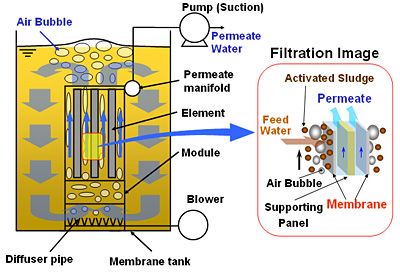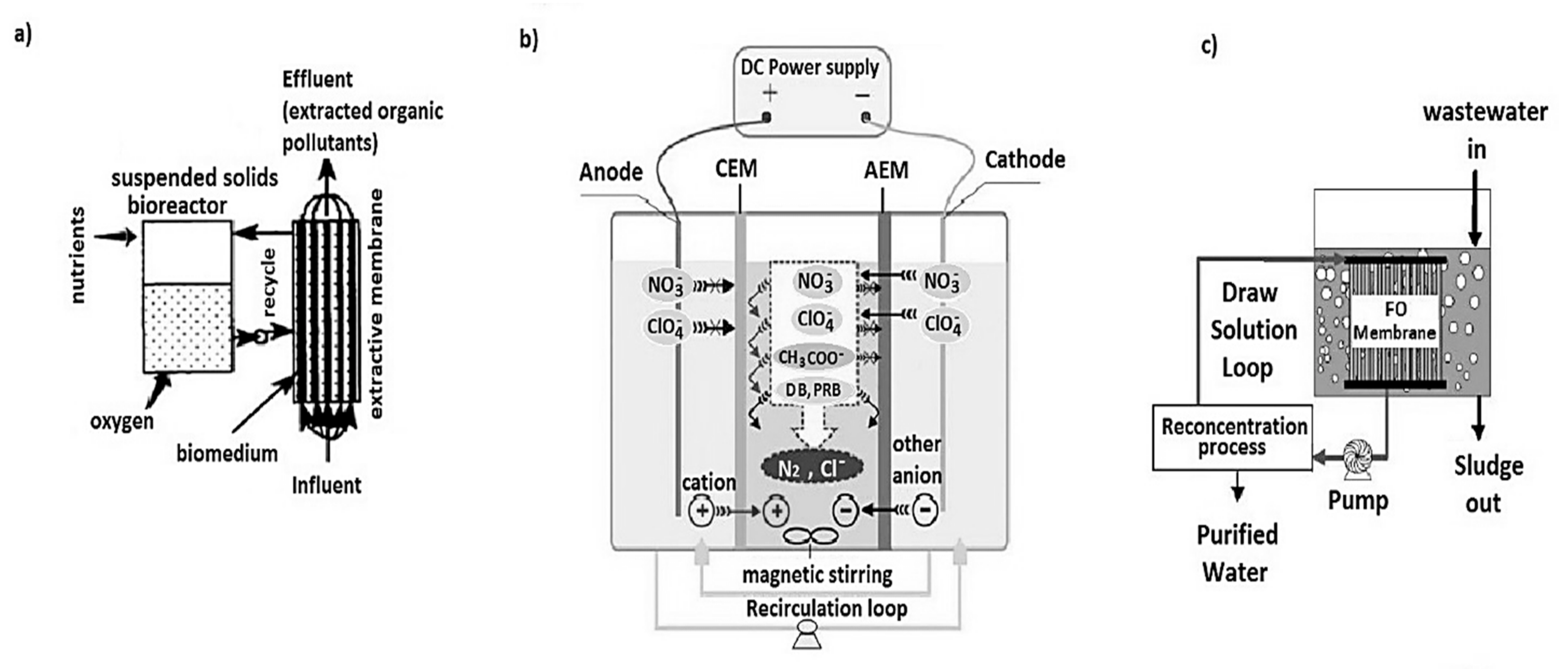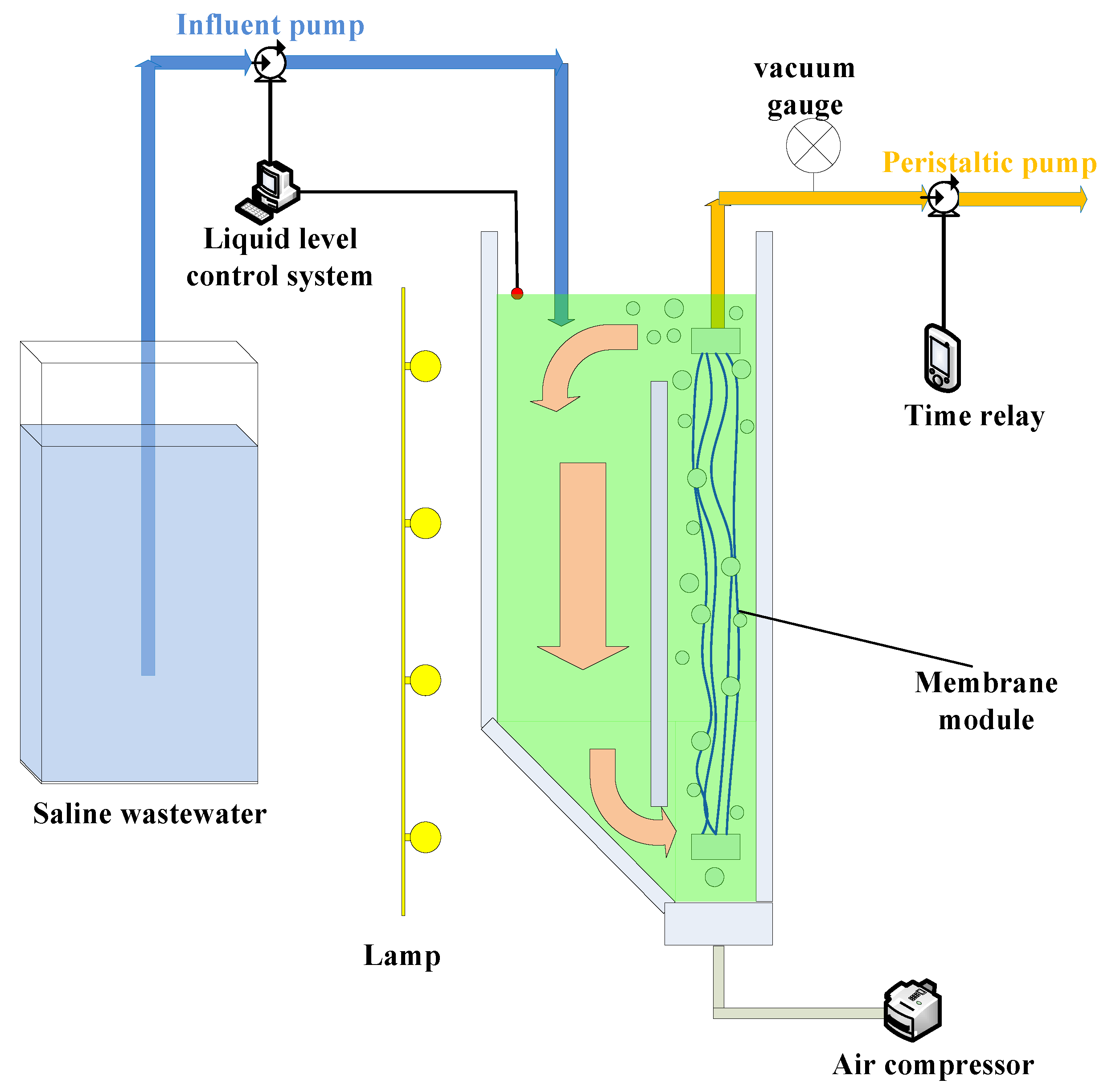The Science Behind Membrane Bioreactor: How It Works and Why It’s Effective
The Science Behind Membrane Bioreactor: How It Works and Why It’s Effective
Blog Article
Exactly How Membrane Layer Bioreactors Are Transforming Water Purification Equipments
The introduction of membrane bioreactors (MBRs) stands for a substantial improvement in the area of water purification, combining biological treatment procedures with cutting-edge membrane purification technologies. This combination not only improves the top quality of treated effluent yet also addresses metropolitan room constraints, making MBRs especially suitable for densely booming locations. As global water shortage heightens, the duty of MBRs in facilitating potable water reuse and sustainable water monitoring comes to be significantly crucial. The implications of this technology extend beyond performance-- what obstacles and opportunities exist ahead for its widespread application?
Summary of Membrane Bioreactors
Membrane layer bioreactors (MBRs) stand for a substantial advancement in water purification innovation, as they combine biological treatment processes with membrane filtering. This integration boosts the performance of wastewater treatment by utilizing microbes to weaken organic contaminants while concurrently employing semi-permeable membrane layers to different treated water from put on hold pathogens and solids.
The MBR system generally consists of an organic reactor where the microbial population metabolizes impurities, complied with by a membrane filtration device that maintains biomass and allows only tidy water to travel through. This dual functionality leads to higher effluent quality compared to conventional treatment techniques. MBRs can be operated in both batch and continuous circulation modes, providing flexibility in design and application.
They additionally enable the healing of water for reuse, hence contributing to water sustainability efforts. Generally, MBRs are at the forefront of boosting water treatment effectiveness and top quality, showcasing the potential for ingenious remedies in environmental administration.
Benefits of MBR Innovation
The assimilation of biological therapy with membrane filtering supplies numerous benefits for water purification procedures. Among the primary advantages of Membrane layer Bioreactor (MBR) innovation is its ability to effectively eliminate both natural and not natural pollutants, resulting in high-grade effluent. The membrane layers function as a physical obstacle, protecting against put on hold solids and microorganisms from going through, which enhances the overall safety and security and integrity of cured water.
Furthermore, MBR systems need a smaller impact contrasted to traditional treatment methods, permitting more reliable area usage. This small design is specifically useful in metropolitan settings where land is restricted. MBRs additionally show operational flexibility, suiting differing influent high qualities and flow rates without significant efficiency deterioration.
Moreover, the process offers enhanced nutrient elimination abilities, specifically for nitrogen and phosphorus, which are essential for protecting against eutrophication in obtaining waters. The lowered sludge manufacturing linked with MBR technology additionally converts to decrease disposal expenses, making it a cost-effective solution over time - Membrane Bioreactor. On the whole, the benefits of MBR technology placement it as a leading selection for lasting and cutting-edge water purification systems, resolving both ecological and financial concerns
Applications in Water Filtration
Applications of Membrane Layer Bioreactor (MBR) innovation in water purification are diverse and impactful, dealing with numerous treatment needs throughout multiple markets. MBRs effectively integrate organic treatment procedures with membrane layer filtration, making them excellent for metropolitan wastewater treatment, commercial effluent management, and even drinkable water reuse campaigns.
In metropolitan setups, MBRs are increasingly employed to enhance the high quality of dealt with wastewater, enabling conformity with stringent discharge regulations and helping with the recycling of water for irrigation and non-potable uses. Their small layout additionally makes them suitable for urban atmospheres where room is restricted.
Industrially, MBR innovation is made use of to treat process water and wastewater, especially in fields such as food and find out this here beverage, drugs, and fabrics. By effectively eliminating pollutants and suspended solids, MBRs help sectors lessen environmental influences while recuperating valuable resources from wastewater streams.
Furthermore, MBRs are getting traction in decentralized water treatment applications, where small-scale systems can be deployed in remote areas or establishing regions. This versatility allows neighborhoods to accomplish sustainable water management solutions, enhancing access to clean water while reducing dependence on typical therapy techniques.
Study and Success Stories

In another instance, a textile manufacturing facility in Bangladesh took on MBR technology to address its wastewater obstacles. The system minimized chemical oxygen need (COD) levels from 1,200 mg/L to much less than 100 mg/L, thus fulfilling regulatory requirements and significantly decreasing environmental influence.
The University of Cape Community's MBR installation has confirmed efficient in dealing with greywater for non-potable reuse on campus. This job not just saves safe and clean water but likewise functions as an academic model for lasting practices.
Moreover, a seafood processing plant in Norway made use of MBR innovation to treat effluents consisting of high levels of organic issue, achieving over 90% pollutant elimination. These instance studies highlight MBR modern technology's adaptability and its vital function in improving water top quality across varied applications.
Future of Water Therapy Solutions
As international water scarcity and air pollution challenges escalate, innovative water treatment options are coming to be increasingly necessary to make certain lasting access to tidy water. The future of water therapy depends on the combination of innovative technologies that improve the performance and effectiveness of purification processes. Membrane bioreactors (MBRs) go to the center of this why not try this out advancement, combining biological therapy with membrane filtering to produce top notch effluent suitable for various applications.

Arising fads such as source recuperation from wastewater, including nutrients and energy, will further change therapy centers into environmentally friendly hubs. Improvements in nanotechnology and membrane products guarantee boosted efficiency and longevity of purification systems.

Conclusion
Finally, membrane layer bioreactors represent a substantial improvement in water purification technologies, properly integrating organic treatment with advanced membrane layer filtration. The countless benefits, including enhanced effluent high quality and reduced spatial needs, make MBRs especially suitable for city applications. Their duty in drinkable water reuse and sustainable water monitoring highlights their relevance in attending to global water scarcity difficulties. Proceeded r & d will better improve the efficiency and adoption of MBR modern technology, making sure a durable future for water therapy remedies.
The appearance of membrane bioreactors (MBRs) represents a considerable innovation in the field of water filtration, combining biological treatment processes with sophisticated membrane filtration innovations. As worldwide water scarcity escalates, the role of MBRs in assisting in potable water reuse and sustainable water monitoring ends up being significantly vital. They additionally make it possible for the recovery of water for reuse, thus contributing to water sustainability initiatives.As global water deficiency and pollution challenges heighten, cutting-edge water therapy options are becoming progressively necessary to make certain sustainable access to clean water. Their role in drinkable water reuse and sustainable water management highlights their significance in dealing with worldwide water deficiency challenges.
Report this page